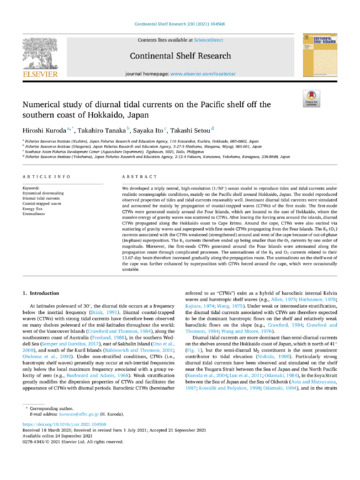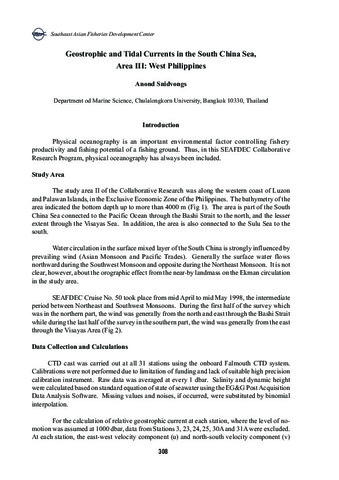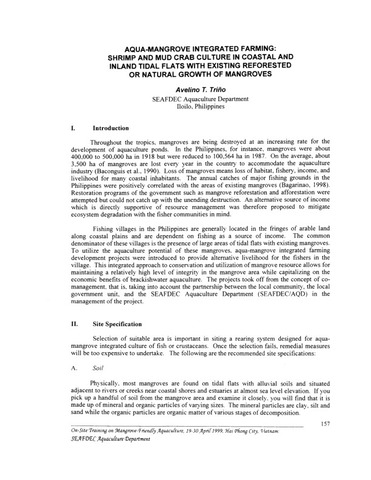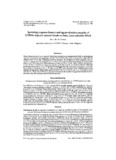Numerical study of diurnal tidal currents on the Pacific shelf off the southern coast of Hokkaido, Japan

View/Open
Date
2021-11Page views
557Metadata
Show full item recordCited times in Scopus
13 readers on Mendeley
Share
Abstract
We developed a triply nested, high-resolution (1/50°) ocean model to reproduce tides and tidal currents under realistic oceanographic conditions, mainly on the Pacific shelf around Hokkaido, Japan. The model reproduced observed properties of tides and tidal currents reasonably well. Dominant diurnal tidal currents were simulated and accounted for mainly by propagation of coastal-trapped waves (CTWs) of the first mode. The first-mode CTWs were generated mainly around the Four Islands, which are located to the east of Hokkaido, where the massive energy of gravity waves was scattered to CTWs. After leaving the forcing area around the islands, diurnal CTWs propagated along the Hokkaido coast to Cape Erimo. Around the cape, CTWs were also excited via scattering of gravity waves and superposed with first-mode CTWs propagating from the Four Islands. The K1 (O1) currents associated with the CTWs weakened (strengthened) around and west of the cape because of out-of-phase (in-phase) superposition. The K1 currents therefore ended up being smaller than the O1 currents by one order of magnitude. Moreover, the first-mode CTWs generated around the Four Islands were attenuated along the propagation route through complicated processes. The unsteadiness of the K1 and O1 currents related to their 13.67-day beats therefore increased gradually along the propagation route. The unsteadiness on the shelf west of the cape was further enhanced by superposition with CTWs forced around the cape, which were occasionally unstable.
Suggested Citation
Kuroda, H., Tanaka, T., Ito, S., & Setou, T. (2021). Numerical study of diurnal tidal currents on the Pacific shelf off the southern coast of Hokkaido, Japan. Continental Shelf Research , 230, 104568. https://doi.org/10.1016/j.csr.2021.104568
Subject
Collections
- AQD Journal Articles [1248]
Related items
Showing items related by title, author, creator and subject.
-
Geostrophic and tidal currents in the South China Sea, Area III: West Philippines
Snidvongs, Anond (Secretariat, Southeast Asian Fisheries Development Center, 2000)The findings are presented of observations made during the SEAFDEC cruise conducted in western Philippines waters during the period mid April-mid May 1998 regarding the geostrophic and tidal currents. The dynamic high and ... -
Aqua-mangrove integrated farming: Shrimp and mud crab culture in coastal and inland tidal flats with existing reforested or natural growth of mangroves
Triño, Avelino T. (Aquaculture Department, Southeast Asian Fisheries Development Center, 2000)Throughout the tropics, mangroves are being destroyed at an increasing rate for the development of aquaculture ponds. In the Philippines, for instance, mangroves were about 400,000 to 500,000 ha in 1918 but were reduced ... -
Spawning response latency and egg production capacity of LHRHa-injected mature female sea bass, Lates calcarifer Bloch
Garcia, Luis Maria (Blackwell Publishing, 1990)Mature female sea bass (Lates calcarifer Bloch) were injected once intramuscularly with 20 μg luteinizing hormone-releasing hormone analogue (D-Ala6, Pro9-LHRH-ethylamide) per kg body weight (BW) at ...




